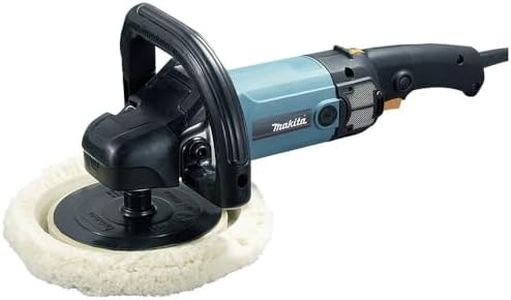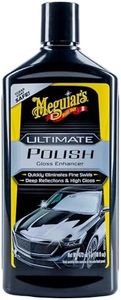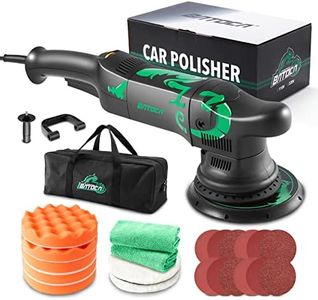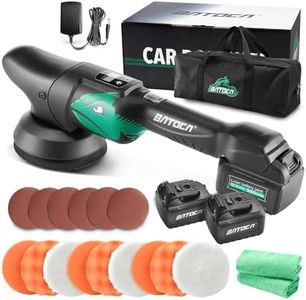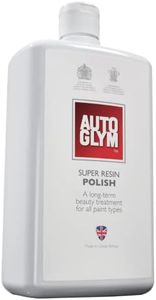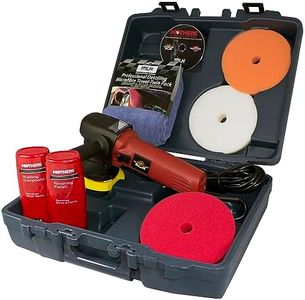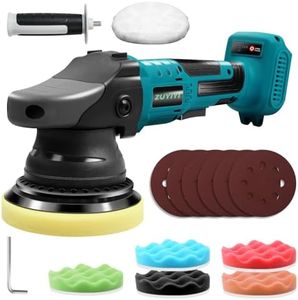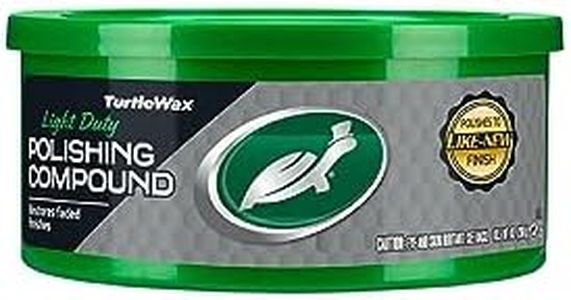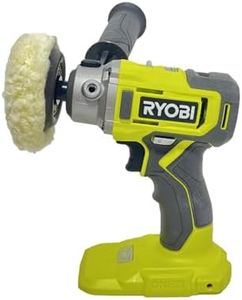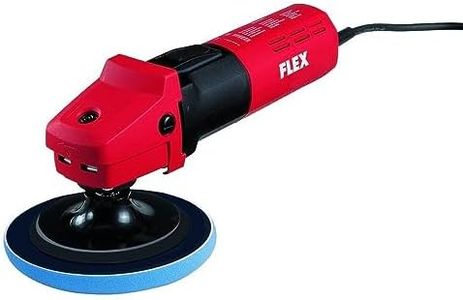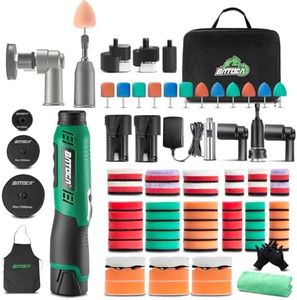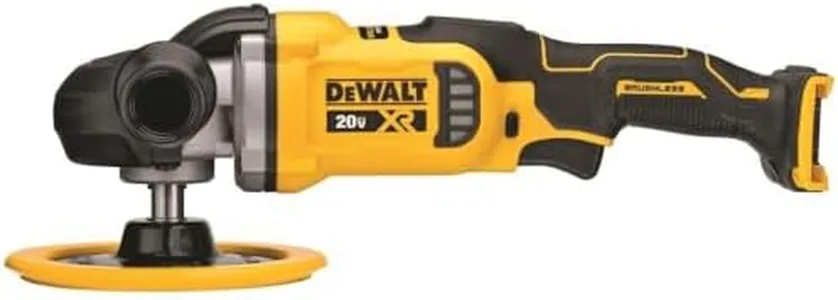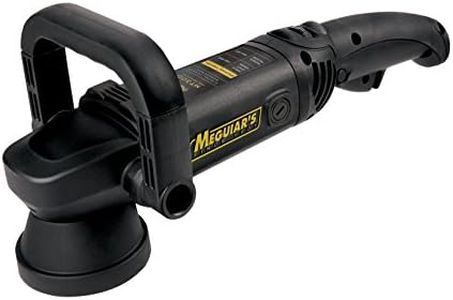We Use CookiesWe use cookies to enhance the security, performance,
functionality and for analytical and promotional activities. By continuing to browse this site you
are agreeing to our privacy policy
10 Best Car Polishers
From leading brands and best sellers available on the web.By clicking on a link to a third party's website, log data is shared with that third party.
Buying Guide for the Best Car Polishers
When choosing a car polisher, your main goal is to find a device that helps you achieve a smooth, glossy finish on your vehicle's paintwork without causing damage. It's important to balance ease of use, safety, and performance so that you get the finish you want while avoiding complications like paint swirls or burns. Start by thinking about your skill level—are you a beginner or do you have some experience? Also, consider the types of vehicles you'll be working on and the frequency of use. Choosing the right features and specifications makes the polishing process smoother and safer for both you and your car.Type (Rotary vs. Dual Action/Random Orbital)This refers to how the polisher moves the pad. Rotary polishers spin in a single circular motion, providing more cutting power but also generating more heat, which can risk damaging the paint if not used carefully. Dual action, also called random orbital polishers, combine spinning and wobbling motions, making them safer and easier for beginners since they're less likely to create swirl marks or burn the paint. If you're new to polishing, a dual action polisher is usually the best choice. More experienced users looking for faster results on tough imperfections might opt for a rotary model.
Power (Wattage/Amperage)Power is how strong the motor is and is typically measured in watts or amps. Higher power means the machine can maintain performance under pressure and will be more effective on tougher jobs, but it can also be heavier and harder to control. Low to mid-range polishers are suitable for lighter correction and routine maintenance, while higher-powered units are better for heavy correction tasks. Match the power level to the severity of the paint defects you want to tackle and your comfort handling more powerful tools.
Speed (OPM or RPM Range)Speed is measured either in Orbits Per Minute (OPM) for dual action polishers or Revolutions Per Minute (RPM) for rotary polishers. Variable speed controls allow you to adjust how fast the pad moves, which is important for handling different polishing tasks. Lower speeds are good for delicate work and finishing, while higher speeds help remove more severe blemishes. Look for a model with a broad, adjustable speed range so you can tailor the operation to your needs and skill level.
Pad SizePad size usually ranges from small (around 3 inches) to larger (around 6–7 inches). Smaller pads provide better control, especially for tight areas and complex shapes, while larger pads cover wider, flat areas faster. Consider the size of your car and the types of surfaces you’ll be working on—a mix of pad sizes can offer versatility, but beginners often find mid-size pads easiest to handle.
Weight and ErgonomicsThe weight and design of the polisher affect how comfortable it is to hold and maneuver over long periods. Heavier polishers can be tiring, especially for beginners, while lighter ones are easier to use but might vibrate more. Ergonomic handles, good grip, and balanced design all contribute to a better user experience. Choose a model you can comfortably manage for the entire job, especially if you plan to polish larger vehicles.
Noise and Vibration LevelsSome polishers are louder and have more vibration than others, which can become uncomfortable during long sessions. Less noise and lower vibration make for a more pleasant experience, particularly if you're sensitive to sound or plan to use the polisher frequently. It’s a good idea to consider these factors if comfort is important to you.

